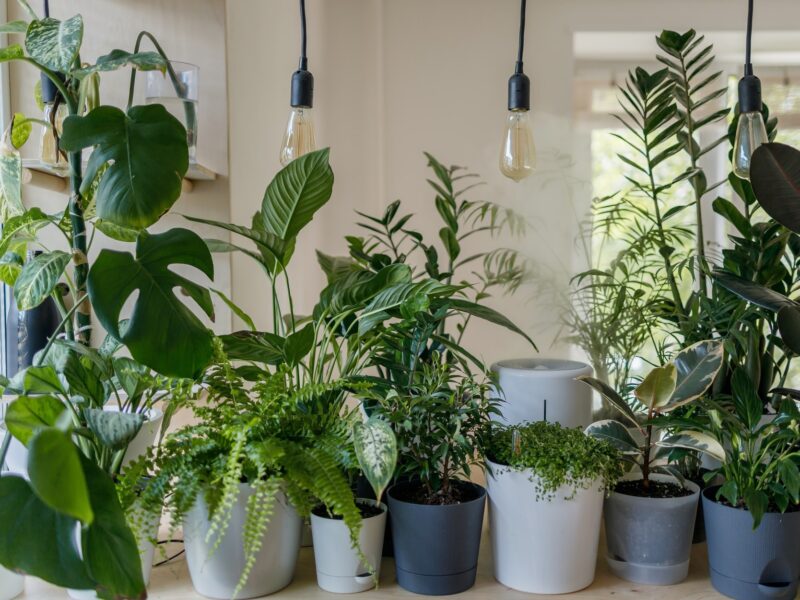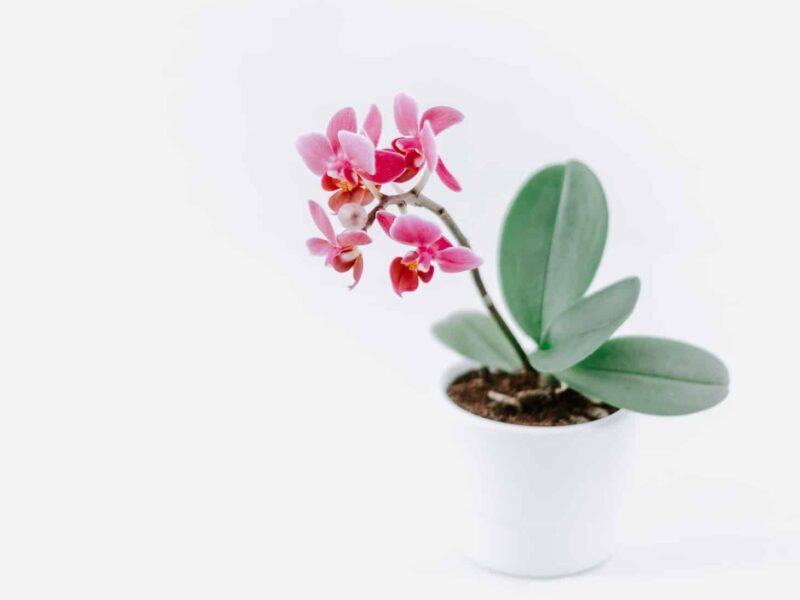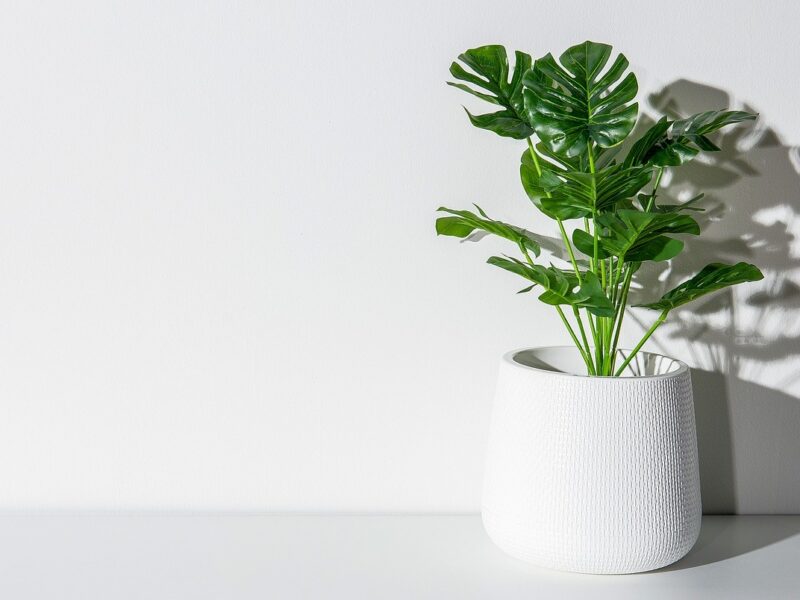
Some people seem to find it very difficult to keep their houseplants alive, no matter how hard they try. If you want to have the aesthetic benefits and the health benefits of houseplants, here is a basic houseplant survival guide to help you keep them going.
Plants can not only add beautiful colour and fresh scents to your home, numerous studies show that they are also beneficial for your health.
Not only do they help make they air cleaner for you, by extracting volatile chemicals, but they can also help to reduce stress, fatigue, coughs, sore throats, and other cold related illnesses by more than 30%.
Some people however, seem to find it very difficult to keep their houseplants alive, no matter how hard they try. So if you want to have both the aesthetic benefits and the health benefits of houseplants, here is a basic houseplant survival guide to help you maintain them.
Keep the leaves clean, this will help promote new growth and will also deter insects, fungus and mildew. Providing your plant does not have hairy leaves you can use a damp, soft cloth to wipe the upper and lower surface of each leaf.
Leaf cleaning products are not recommended as they contain oily residues which may block the plant’s pores and prevent them breathing. If the plant is large and sturdy you could stand it in the shower for a few minutes to wash the leaves, but remember to cover the pot with plastic bag so that the soil is not washed out.
Know when to fertilise. Plants in low light conditions generally need fertilising less often. Keep an eye on your plant’s growth and this will give you an indication as to when it needs fertilising-during high growth period, usually spring and summer.
Fertilise at the recommended rate about every 2-3 months. Soils that have a white film on the surface or pots with a white crust on the rim or drainage hole may indicate that the plant is being over-fertilised and/or possibly over-watered.
Light requirements vary between plants. Unless you have a greenhouse or sunroom, most homes do not let in enough light to suit plants that need very high levels of light, such as hibiscus, wax begonia and geranium. Medium level light plants can survive well in or near a window. These plants include English ivy, African violet and Boston fern.
Low level light plants such as peace lily, heart-leaf philodendron and cast-iron plant, can be placed several feet away from the window. Pests are a problem that can be avoided. The first step is being able to identify the invaders.
- Whiteflies are white with waxy bodies. When you disturb them by shaking a leaf, you can see them fly around.
- Mealybugs don’t look like bugs. They look like little pieces of cotton that stick to the plant, usually where a leaf stem joins a branch.
- Spider mites are tiny, but if you look closely they do resemble little spiders with tiny webs.
- Aphids suck the juice out of new plant growth. They are tiny and green and sometime you will see them fly.
If you prefer not to use pesticides you can also try boiling a few cloves of garlic in a pint of water and spraying the solution onto the plant. Similarly a teaspoon of dish detergent or rubbing alcohol, mixed with water often does the trick.
If you have a cat that enjoys chewing on your plants, put out a couple of small pots of cat grass or cat mint. You pet will enjoy the distraction and leave your other plants alone. Do keep your pets away from Poinsettias as these are poisonous.


